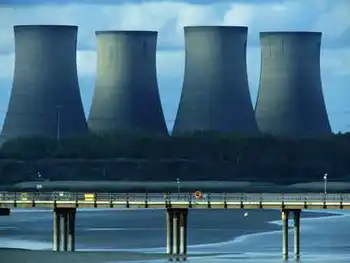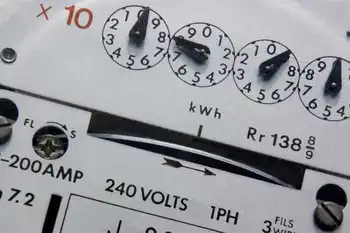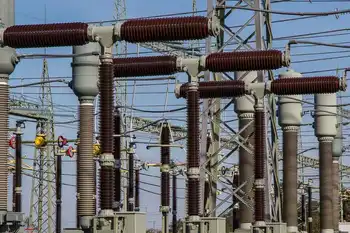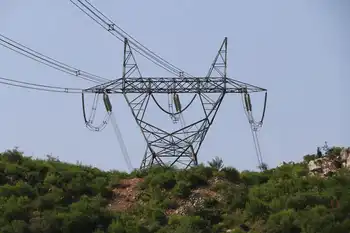France nuclear power stations to limit energy output due to high river temps

Protective Relay Training - Basic
Our customized live online or in‑person group training can be delivered to your staff at your location.

- Live Online
- 12 hours Instructor-led
- Group Training Available
France Nuclear Heatwave Restrictions signal reduced nuclear power along the Rhone River as EDF imposes output limits due to high water temperatures, grid needs, with minimal price impact amid strong solar and exports.
Key Points
Temporary EDF output limits at Rhone River reactors due to hot water, protecting ecosystems and grid reliability.
✅ EDF expects halved output at Bugey and Saint Alban.
✅ Cuts align with water temperature and discharge rules.
✅ Weekend midday curtailments offset by solar supply.
The high temperature warning has come early this year but will affect fewer nuclear power plants. High temperatures could halve nuclear power production, with river temperature limits at plants along France's Rhone River this week.
Output restrictions are expected at two nuclear plants in eastern France due to high temperature forecasts, nuclear operator EDF said. It comes several days ahead of a similar warning that was made last year but will affect fewer plants, and follows a period when power demand has held firm during lockdowns across Europe.
The hot weather is likely to halve the available power supply from the 3.6 GW Bugey plant from 13 July and the 2.6 GW Saint Alban plant from 16 July, the operator said.
However, production will be at least 1.8 GW at Bugey and 1.3 GW at Saint Alban to meet grid requirements, and may change according to grid needs, the operator said.
Kpler analyst Emeric de Vigan said the restrictions were likely to have little effect on output in practice. Cuts are likely only at the weekend or midday when solar output was at its peak so the impact on power prices would be slim.
He said the situation would need monitoring in the coming weeks, however, noting it was unusually early in the summer for nuclear-powered France to see such restrictions imposed.
Water temperatures at the Bugey plant already eclipsed the initial threshold for restrictions on 9 July, as European power hits records during the heatwave. They are currently forecast to peak next week and then drop again, Refinitiv data showed.
"France is currently net exporting large amounts of power – and, despite a nuclear power dispute with Germany, single nuclear units' supply restrictions will not have the same effect as last year," Refinitiv analyst Nathalie Gerl said.
The Garonne River in southern France has the highest potential for critical levels of warming, but its Golfech plant is currently offline for maintenance until mid-August, as Europe faces nuclear losses, the data showed.
"(The restrictions were) to be expected and it will probably occur more often," Greenpeace campaigner Roger Spautz said.
"The authorities must stick to existing regulations for water discharges. Otherwise, the ecosystems will be even more affected," he added.











